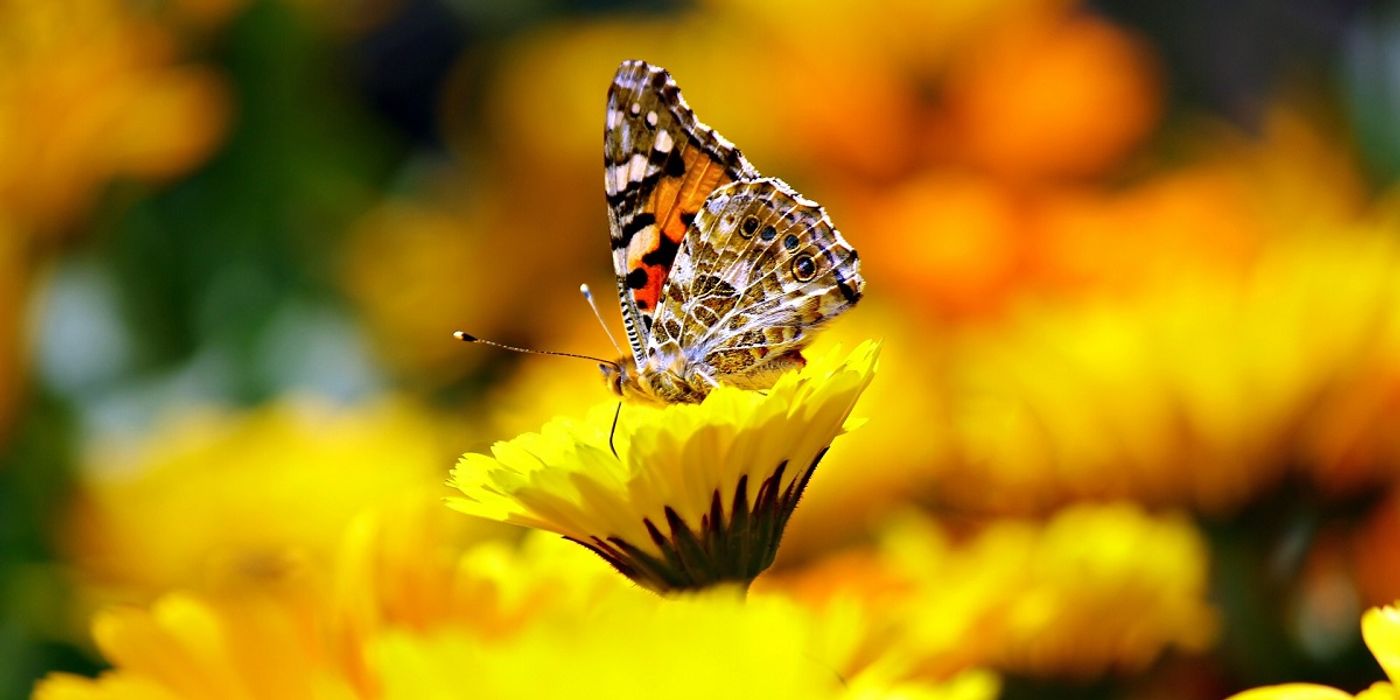MIT Scientists Record Butterfly Wing Development
Butterfly wings contain hundreds of thousands of tiny microscopic scales, some of which are structured to display color. If you’ve ever touched a butterfly and had some fine powder left behind on your fingers, those bits of powdery dust were butterfly scales, like tiny feathers on a bird. The way the scales are shaped helps the butterflies to stay dry and cool, as ridges funnel water off the wings like tiny gutters and radiate heat. While scientists have looked at butterfly wings under high magnification many times before, and we have some understanding of how their scale shapes relate to their colors, there are still gaps in how the scales and wings develop within the chrysalis. A new study from MIT has revealed new insights into the metamorphosis of butterfly wings.
The scientists performed some minor surgery on Painted Lady butterfly pupae to cut a small window into the outer cuticle covering, replacing the removed section with a small clear coverslip, so they could watch the development of the wings. The scientists used speckle-correlation reflection phase microscopy to image the tiny scales that make up the wings. Many small dots of light were shined onto the wing to create a very detailed, nearly 3D image of the wing.
While some parts of this transformation have been seen before, this is the first time that all the steps have been seen one after the other in real-time. The scientists watched the cells line up in rows and specialized into alternating cover and ground scales. They were surprised by the way the scales finished growing their characteristic grooves. When the scales were expected to bump into each other and be squeezed into having ridges, they continued to grow and spontaneously grew ridges. The team expects to explore this ridge-forming mechanism in future work. Insight into the mechanisms of butterfly wings could help us to develop new technology like iridescent encryption to foil currency or document counterfeiters, or waterproof textiles. Hopefully, scientists have a chance to study many butterfly species before they fall to all the environmental crises they face.
Sources: MIT, ARSTechnica, SciTech Daily









